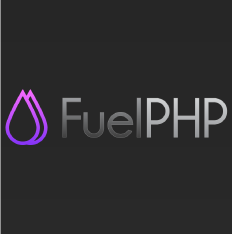
What is it all about?
FuelPHP is a simple, flexible, community driven PHP 5.3+ framework, based on the best ideas of other frameworks, with a fresh start!
Key Features
◾Full HMVC implementation ◾ ViewModels to get the View-specific logic out of your Views and Controllers ◾ Route directly to closures ◾Extend or replace Core classes without rewriting a single line of code. ◾ Package additional functionality into Packages. ◾ Create modular application by dividing it up into Application Modules. ◾Input filtering ◾ URI filtering ◾ XSS filtering ◾ Output encoding ◾ CSRF token protection ◾ SQL injection prevention ◾ A secure Auth framework ◾Code generation, Scaffolding and Admin generation. ◾ Run Database Migrations. ◾ Interactive Debugging. ◾ Tasks - useful for cron type activities like importing data and other batch or background operations. ◾ Controller_Template - Add simple page templating functionality to your controllers. ◾ Controller_Rest - An easy way to create a RESTful API. ◾ Controller_Hybrid - Combine the two features into a single controller. ◾ Model_Crud - Provides all methods for CRUD operations on a single table. ◾ OO way of working with database data and performing CRUD operations. ◾ All normal relationship types: belongs-to, has-one, has-many, many-many ("has and belongs to many"). ◾ Fetch relations of relations of relations of...etc... in one go ("nested relations"). ◾ Cascading saves and deletes for related objects. ◾ Entity Attribute-Value model implementation. ◾ Model extensions that implement: Soft-delete functionality (mark records as deleted instead of actually removing them) Temporal functionality (automatic versioning of records on every update) Nested sets functionality (store hierarchical structures (trees) into a database table) ◾ Use Observers to update/process the objects instances, for example to validate before saving or to auto-update an updated_at property. ◾ Included simple authentication for users, groups & basic ACL. ◾ Or full-featured RBAC authentication based on ORM if you need it. ◾ Secure hashing function for passwords included (PBKDF2). ◾ OAuth integration for social media authentication. ◾ Default interface for any Auth library in FuelPHP.
Compare Products
Select up to three two products to compare by clicking on the compare icon () of each product.
{{compareToolModel.Error}}



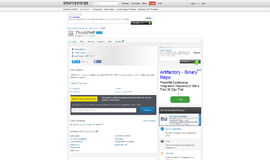
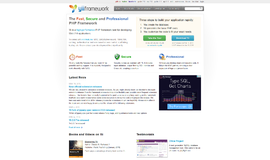
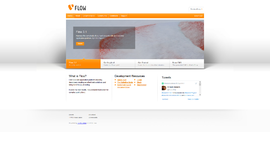
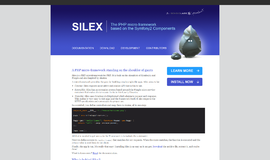
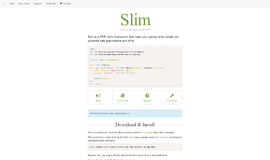
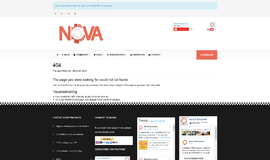

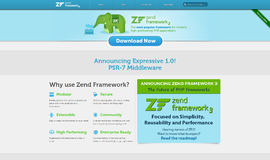
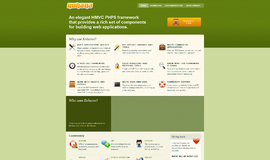




{{CommentsModel.TotalCount}} Comments
Your Comment